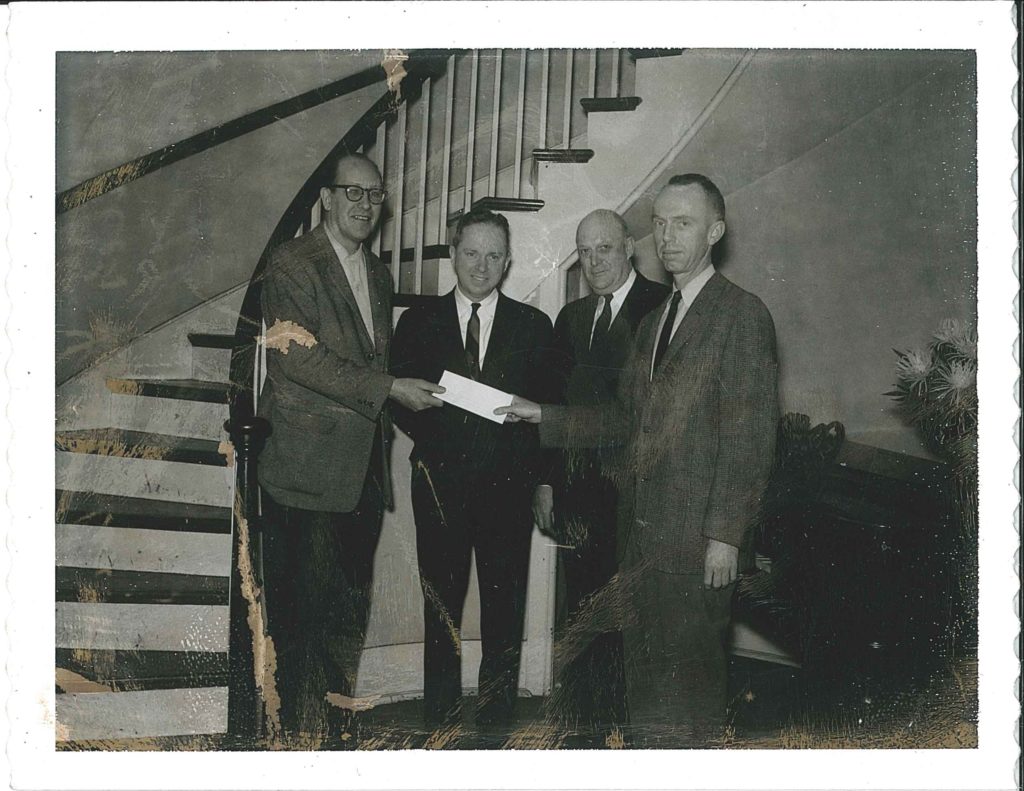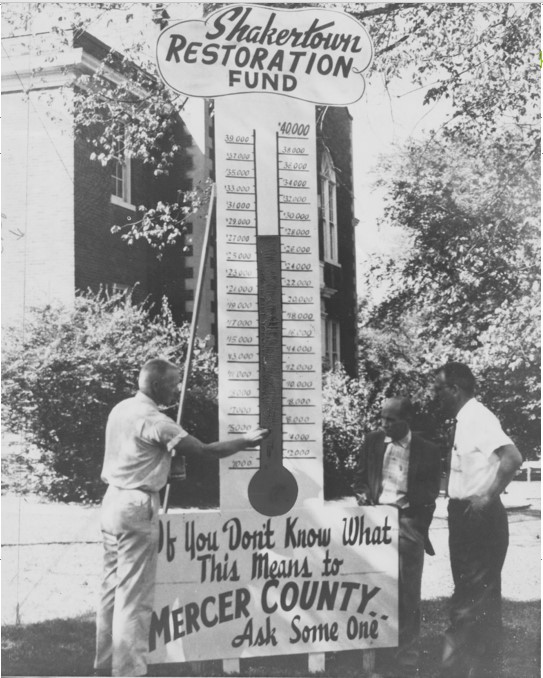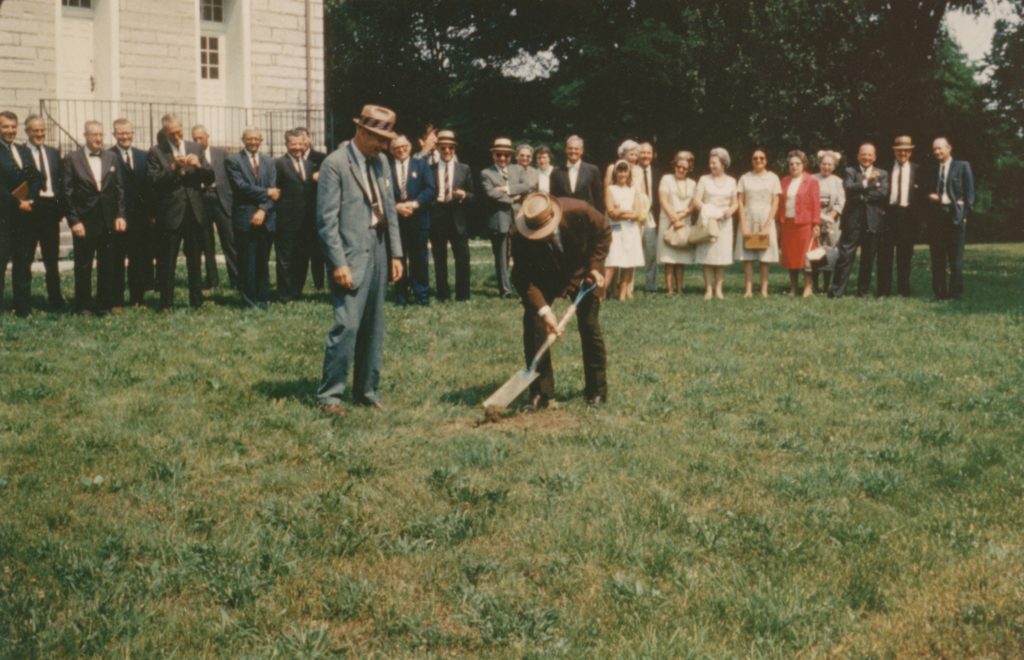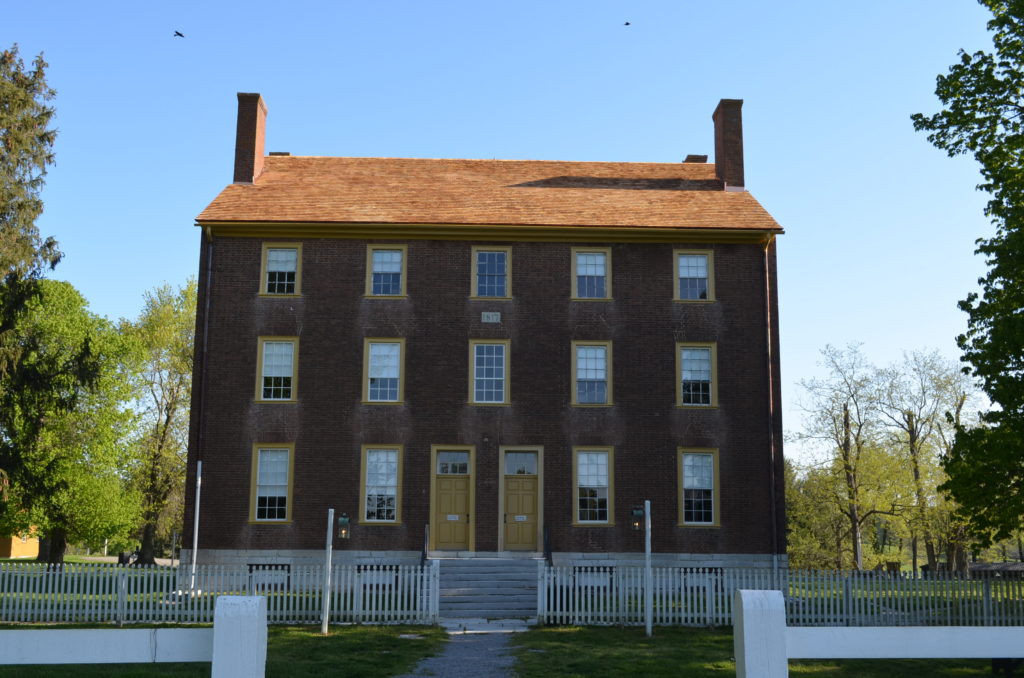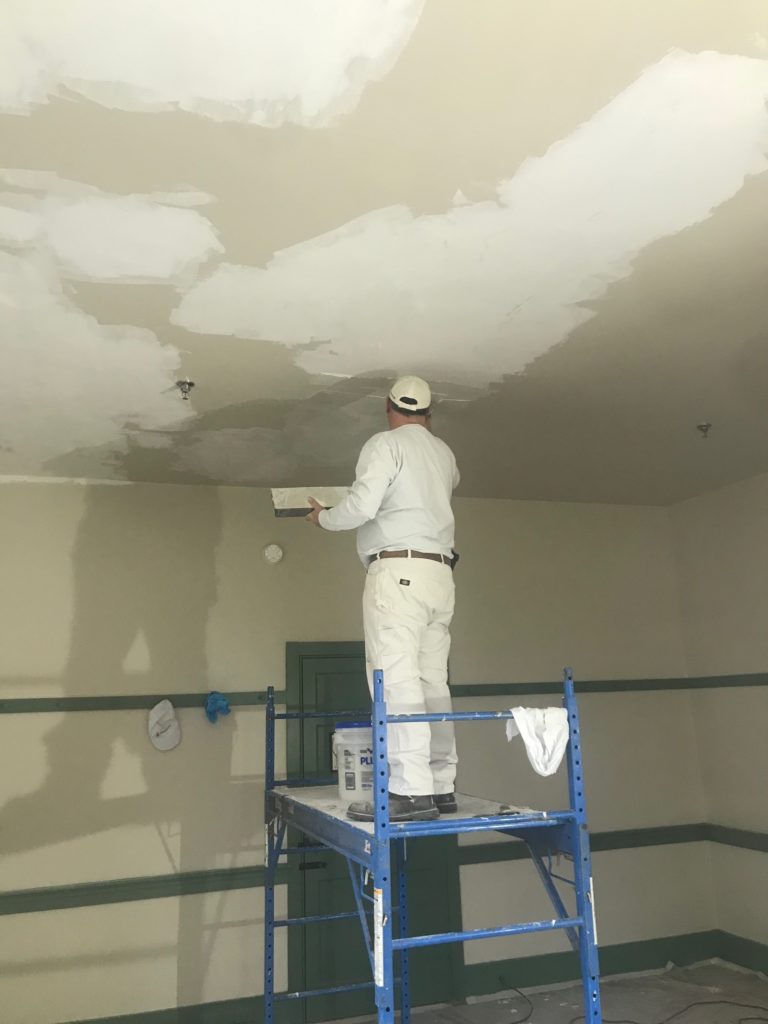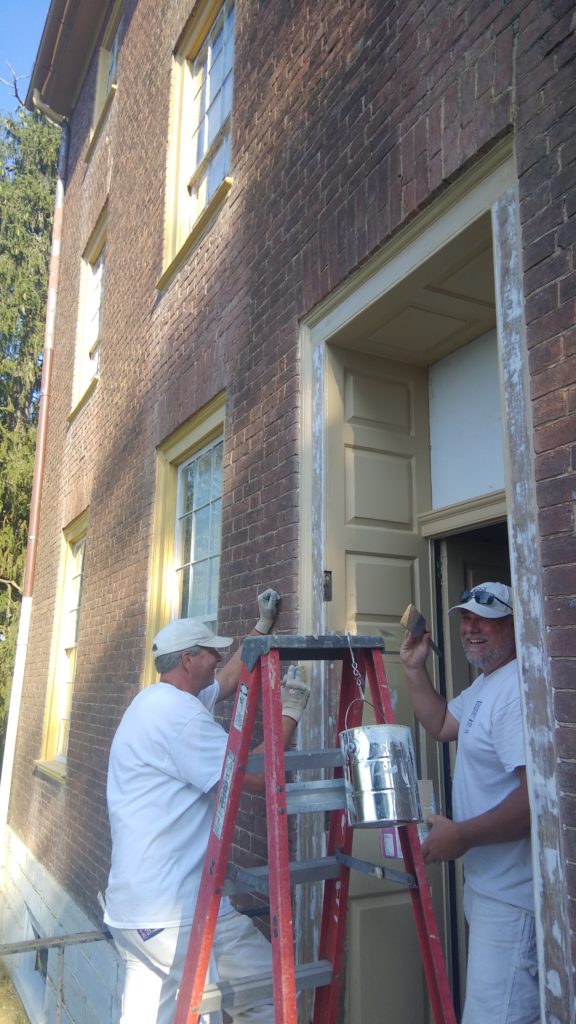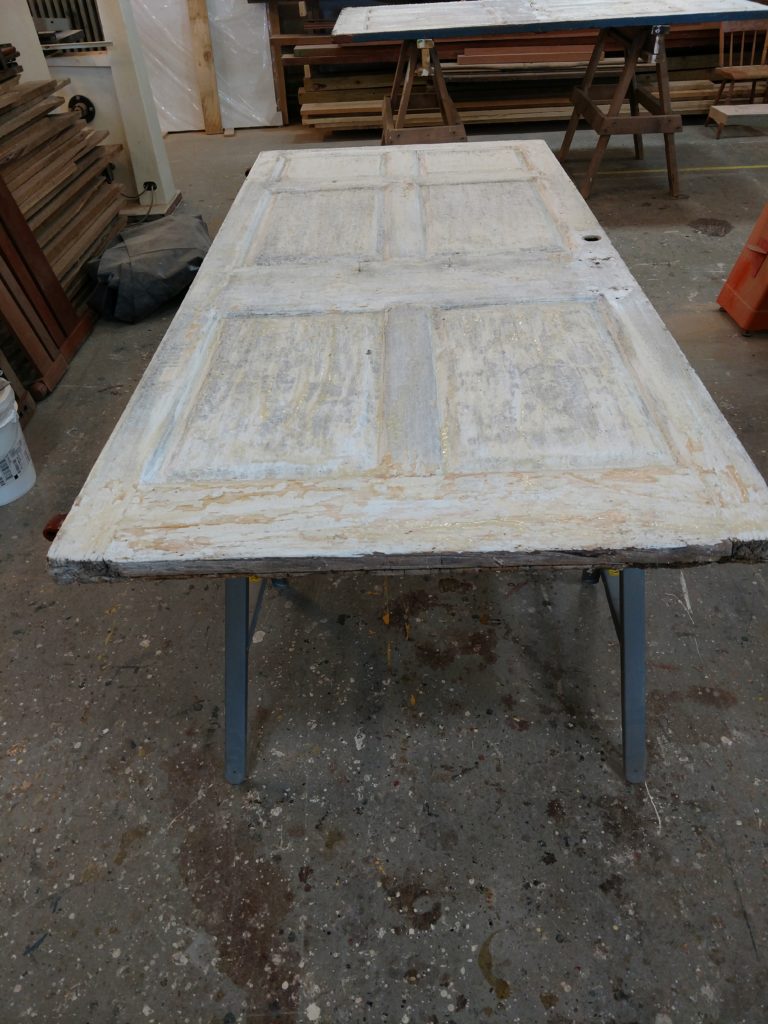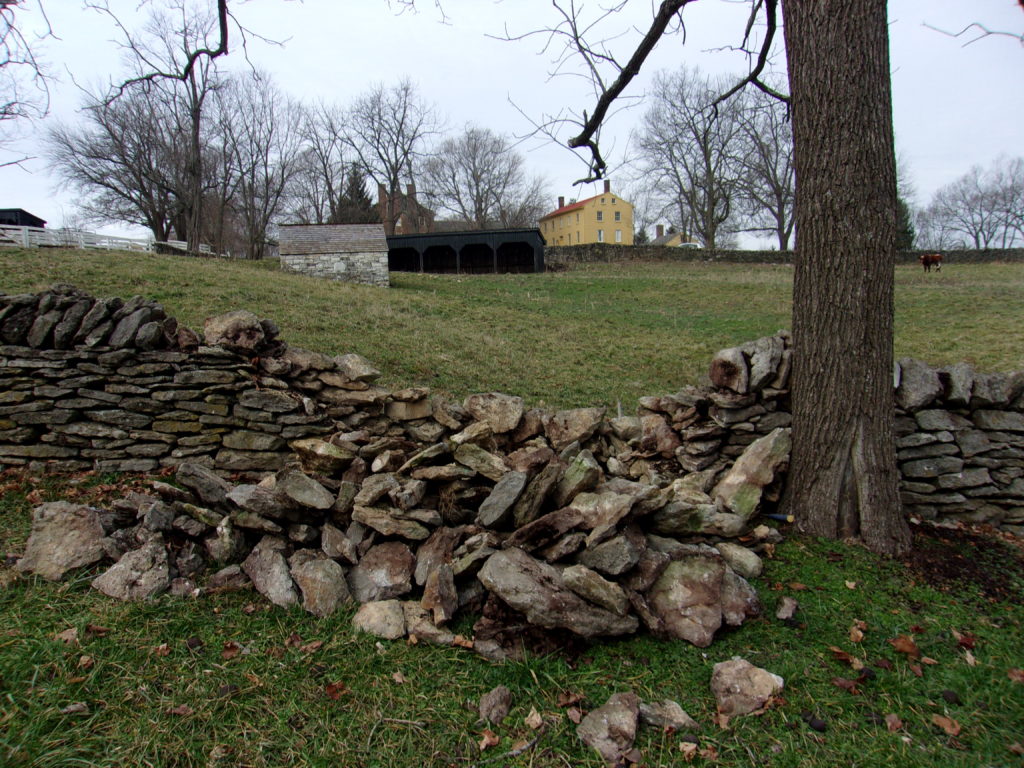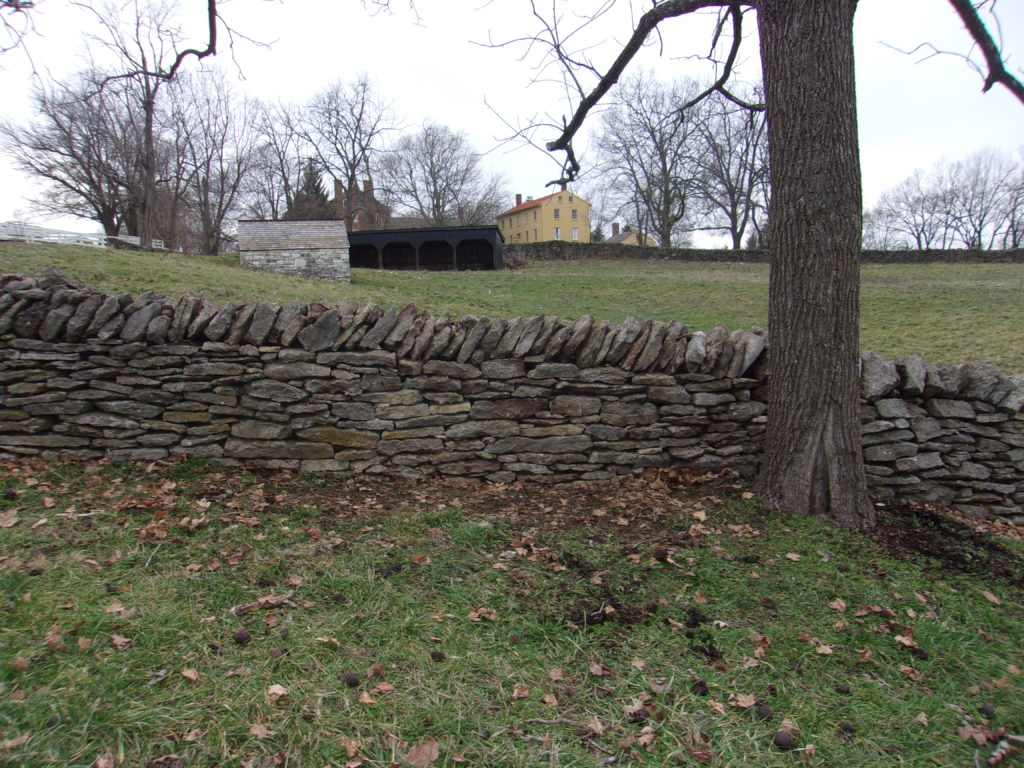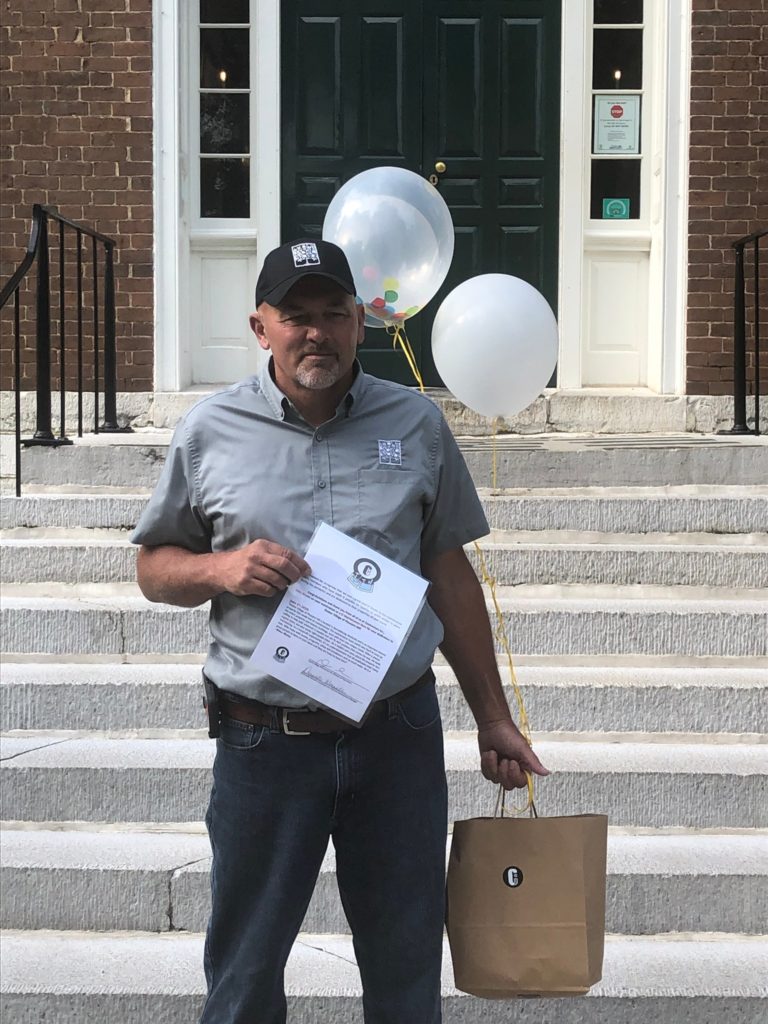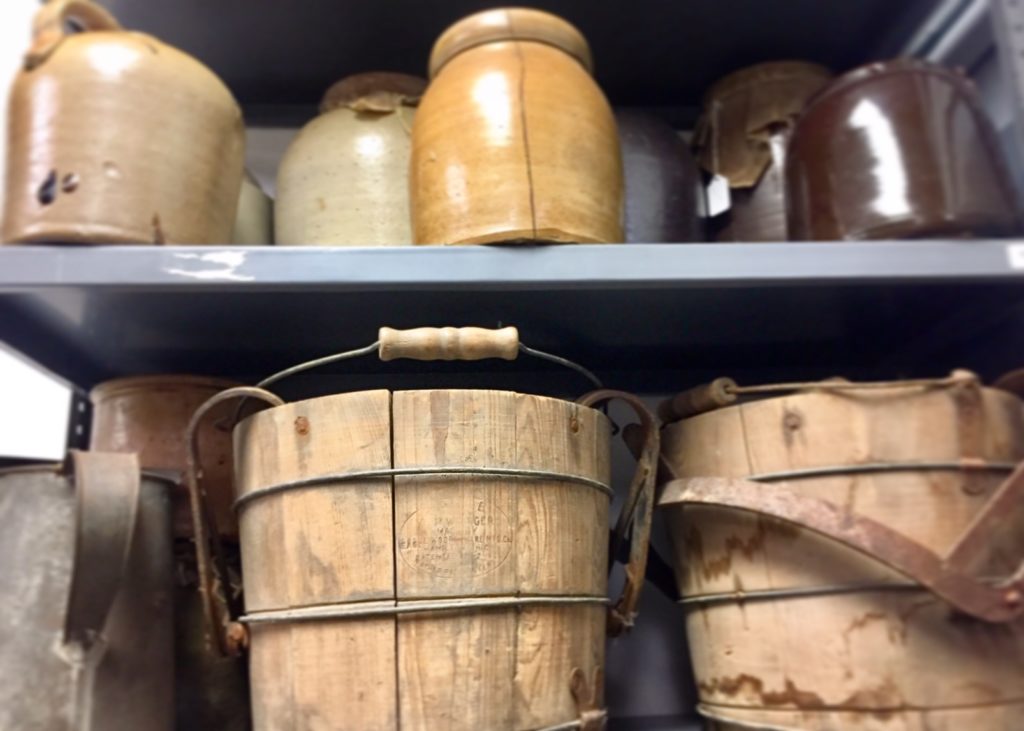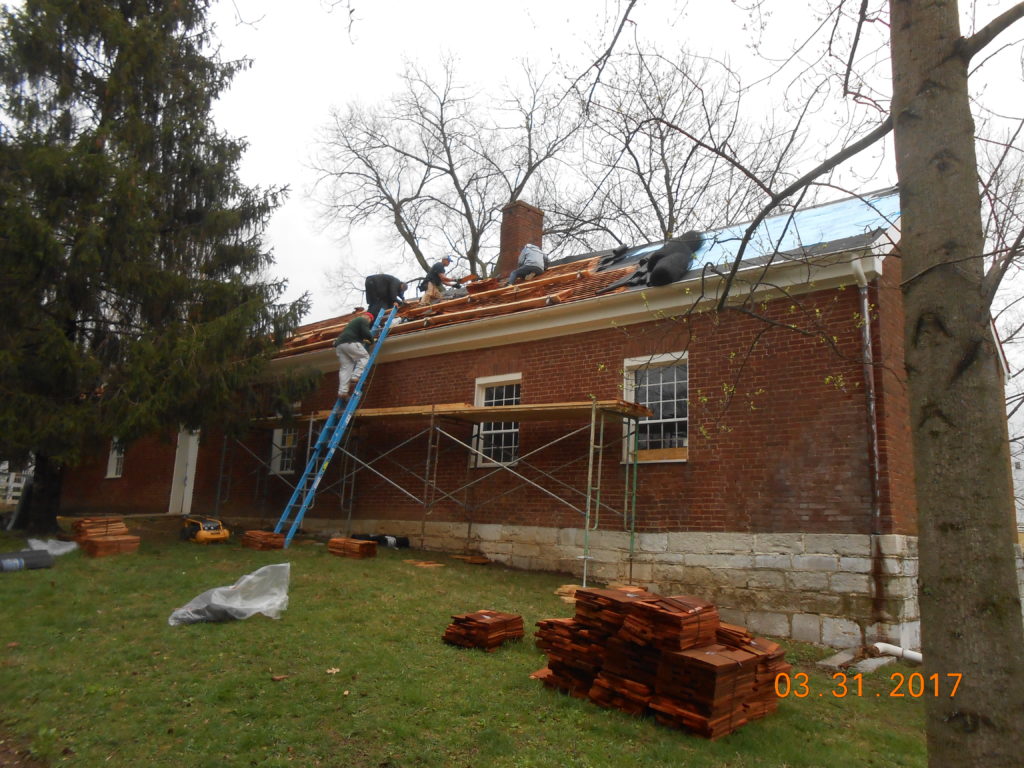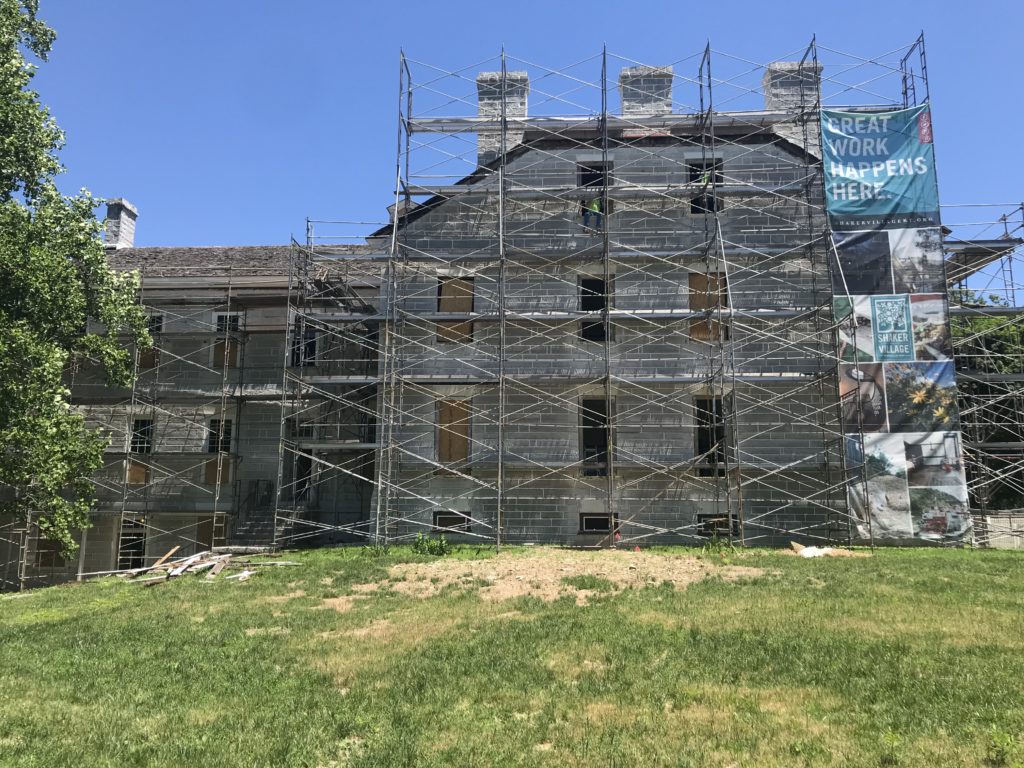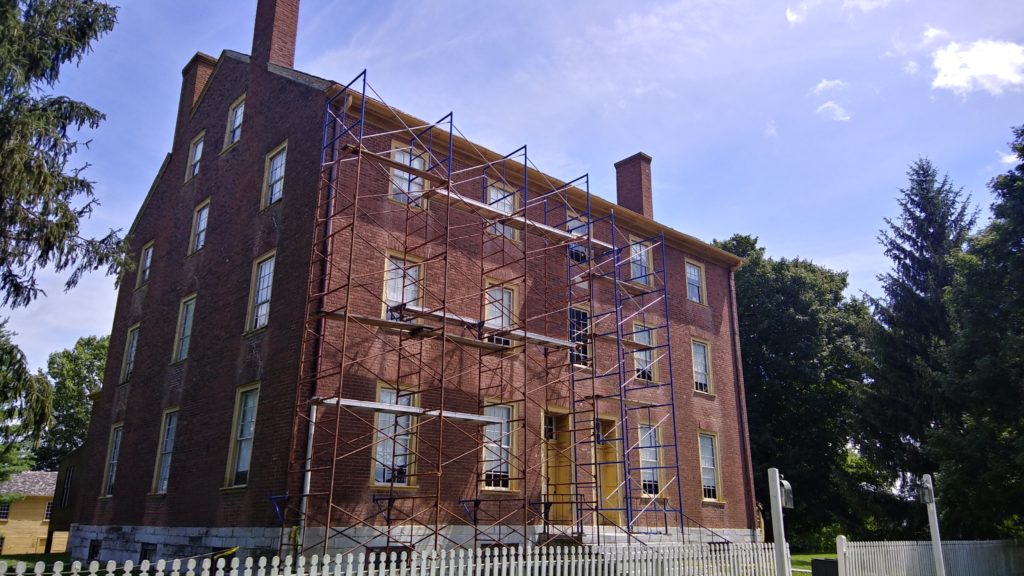Jordan Lewis, Interpreter
Early Homes
In the first decade after the arrival of Shaker missionaries in Mercer County, before the Pleasant Hill community had built many of the iconic structures that make up the village today, new converts lived on farmsteads scattered around what would eventually become the village center. Many of these homes and outbuildings had not been built by the Shakers, but were put to use to house the rapidly growing community as the Shakers bought land from their neighbors. Early journals make reference to many of these farmsteads, including “the Denny Farm on the hill West of the Grist mill pond, the Varner place about a mile North of the village, and the Brickey place about a half mile or more beyond that” (Church Record Book A, HHS, pg. 38).
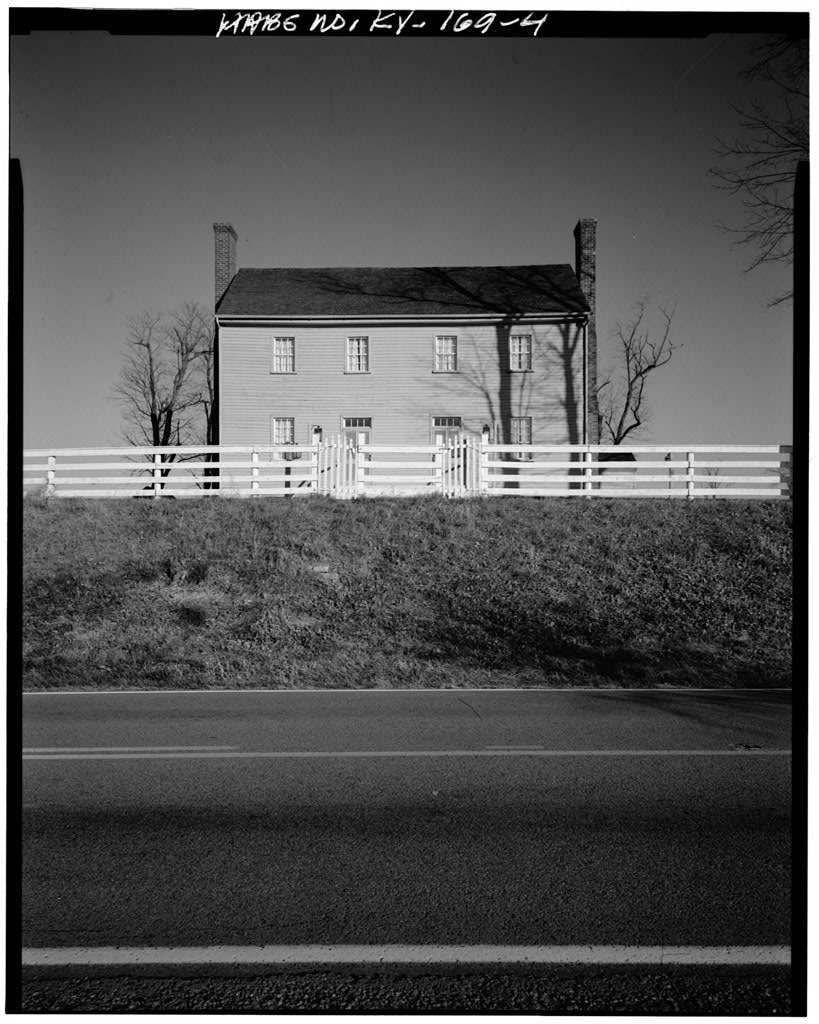
One such property was a parcel of land the Shakers bought from William Hoard in 1807, just two years after Shaker missionaries arrived in Mercer County. The property included a frame house which had been built by a previous occupant, which became home for the next ten years to several groups of new converts, including some of Pleasant Hill’s most prominent early families – the Bantas, the Runyons, the Bryants, and converts like John Shain, who later became the village doctor.
A New Location
Over time, the Shakers at Pleasant Hill established two purpose-built Gathering Orders, the North Lot and West Lot, to house new members of the faith while they learned about Shaker lifestyle and religion. The scattered farmsteads that had characterized early village life were simultaneously being phased out. At this time, the Shakers chose to move the frame house from the Hoard property and rebuild the structure as the North Lot Family Dwelling.
On December 16, 1816, Shakers recorded this move in their journals: “Today we began to pull down and move away the old fraim house where Samuel Banta collected a Family in 1807, we intend establishing a gathering family or family of young believers, the family is to be 1 mile North E of the Center Family it will be known by the name of North Lot” (Origins & Progress of the Society, 123).
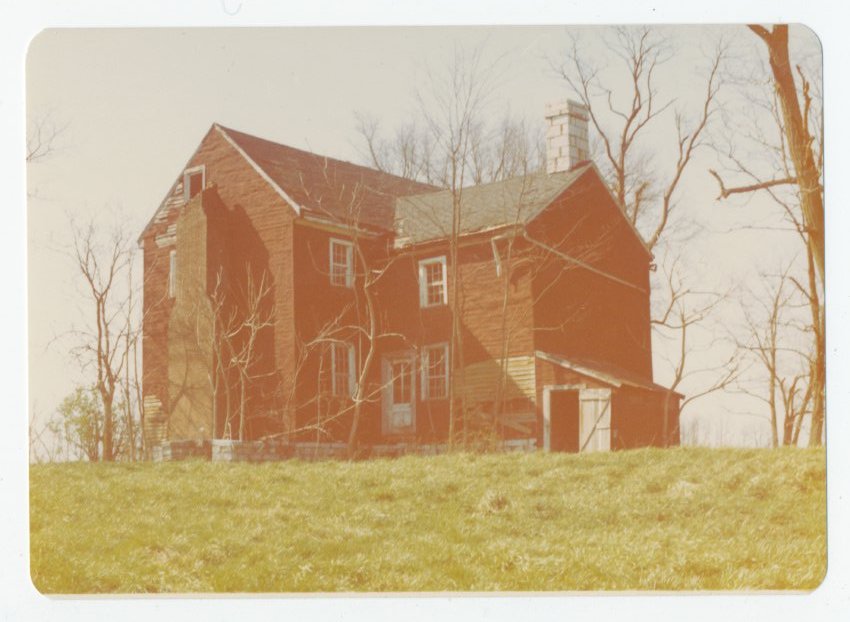
Over the next year, the Shakers rebuilt the frame house at its new location, adding a cellar and kitchen. The first residents moved to North Lot on November 25th, 1817. This building served as the primary dwelling house for the family until December of 1832, when a larger brick dwelling (lost to a fire in 1946) was completed, after which point it was used as a workshop.
Gathering Orders at Pleasant Hill
Shaker Gathering Orders hosted diverse and shifting populations of potential converts as needy families, European immigrants, spiritual seekers, free black Americans, and countless others arrived on the Shakers’ doorstep. Records note frequent arrivals and departures: members leaving the faith, novitiates transferring to other spiritual families, run-away children, expulsions and readmittances, births, deaths, and other dramas. Some residents of the North Lot Dwelling stayed for months, weeks, or years while never formally joining the community, while for others their time at North Lot was merely the first step toward a life lived in the Shaker community.
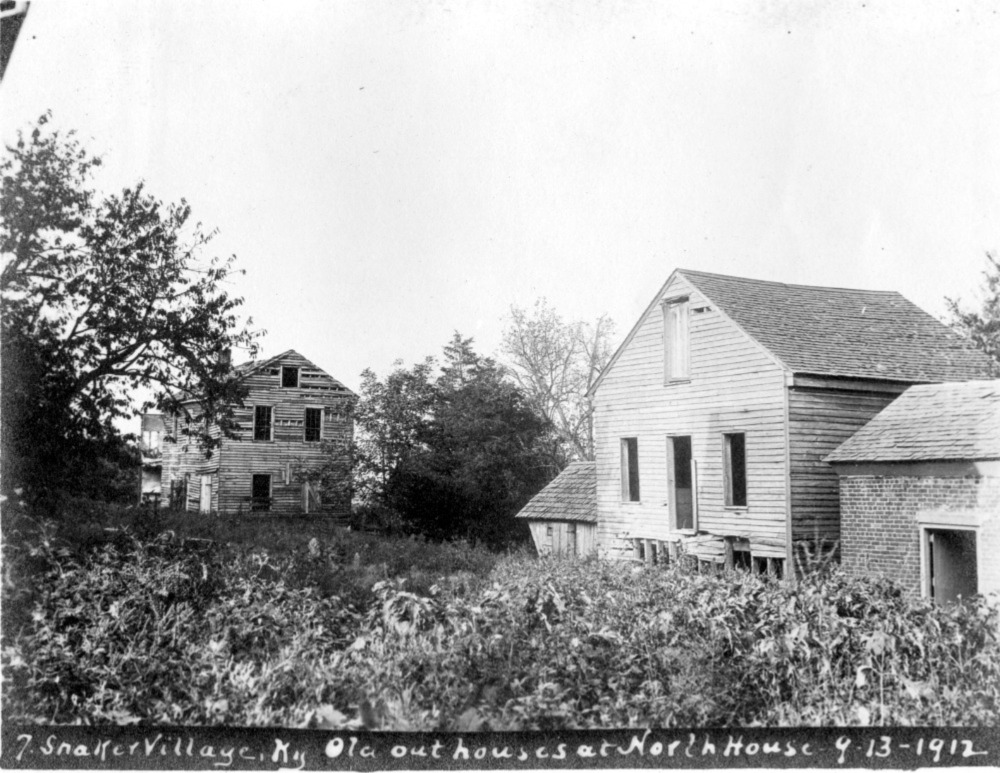
The North Lot Dwelling
Today, the frame dwelling is the only building remaining from the North Lot Gathering Order, 206 years after it was moved to its present location. Because the frame house was in existence before the Shakers began constructing some of their first structures on the site, the building likely contains some of the oldest materials still on the site today.
The building has been closed to the public since the 2000s, but is slated for restoration to begin this year. As preservation of the building begins and progresses, we will continue to research and share the story of this significant structure, while preparing it to be used again someday very soon.
Learn more about the history of historic preservation at Shaker Village of Pleasant Hill!
